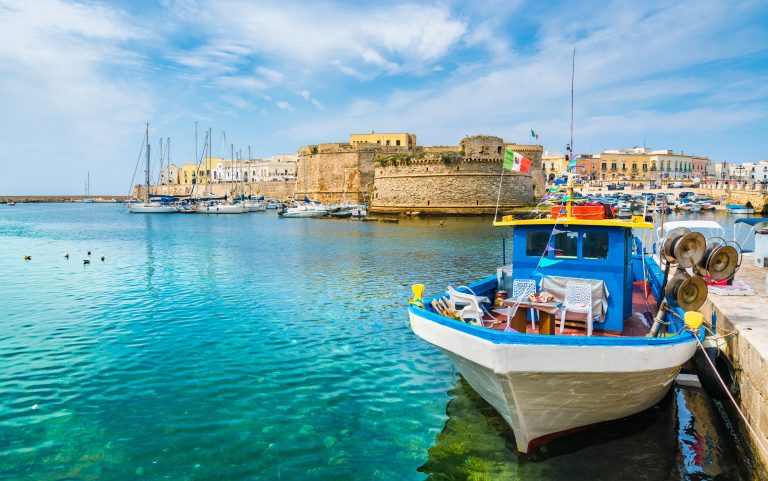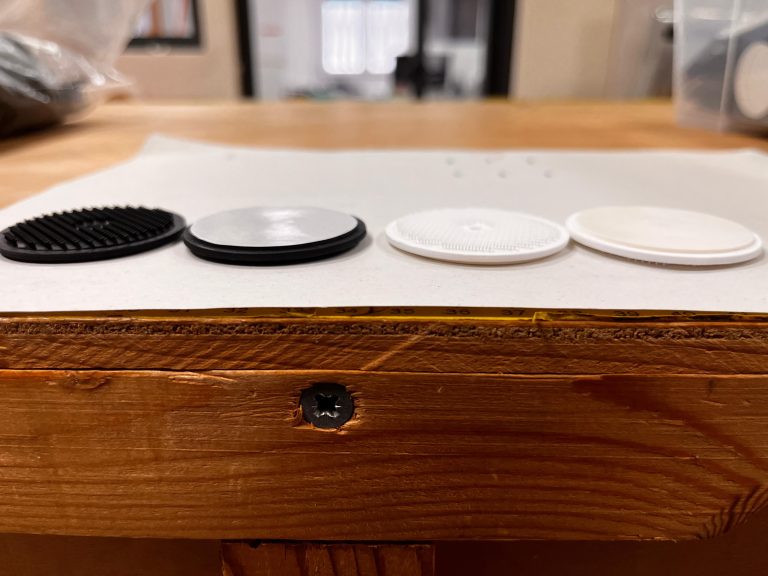 Future of the Fjords is a premium sightseeing vessel built by Norwegian shipyard Brødrene Aa – a world leader in the design and construction of high-speed lightweight carbon fibre passenger boats – and designed from the ground up to give passengers a unique sightseeing experience.
Future of the Fjords is a premium sightseeing vessel built by Norwegian shipyard Brødrene Aa – a world leader in the design and construction of high-speed lightweight carbon fibre passenger boats – and designed from the ground up to give passengers a unique sightseeing experience.
The company is constantly working to improve the design and minimise the environmental impact of the vessels. The most important factors to achieve this goal are a reduction of weight and energy consumption. The use of carbon fibre as a building material in hull, deck and superstructure and the development of new structural production methods have yielded good results. Since 2002, Brødrene Aa has developed and produced 60 carbon structured vessels from 20 to 50 meters, contributing to reduce, in 2014, the 10% of the Norwegian cuts in the sector “Aviation, shipping, fishing and machine tools”.
The new vessel type Seasight
In 2015/2016, Brødrene Aa designed and developed the new vessel type ‘Seasight’, a 43-meter-long carbon fibre structured catamaran with a 400 passenger capacity. The purpose was to offer a vessel with reduced or zero emission to satisfy requirements in an increasing and more environmentally conscious international tourist market. The Seasight class is designed to give passengers the best possible view from positions all over the vessel, both on deck and in the interior lounges. “Vision of The Fjords” was built as a battery/diesel hybrid for the Flåm-Gudvagen route, and in August 2016 it was awarded “Ship of the Year” during the international shipping fair SMM Hamburg.
In April 2018, the sister ship “Future of The Fjords” was delivered as a clean, zero emission vessel with 100% battery operation. “Future of The Fjords” has a 1800 kWh battery pack and can run 2,5 hours at 16 knots speed before the batteries have to be charged. The ship is designed for future hydrogen-based propulsion solutions to be installed to extend its range. Battery technology has previously not been used for these types of vessel and routes. The design concept needed the latest technology to achieve the required energy density. The estimated requirement of 2000 kWh made the design the largest battery-based project within marine transport in Norway in relation to performance. In September 2018, “Future of The Fjords” in combination with PowerDock received the same award again.
Zero emissions operation
The driveline in “Future of The Fjords”, with the exception of the electric motors, is specially developed by Servogear. All energy for propulsion and hotel consumers comes from electrical energy stored in two battery packs. Two 450 kW electric motors give the propulsion. This solution provides zero emission operation of the vessel. Electric propulsion is almost silent and is far quieter than any other technology available today. This is an advantage for all transportation, but especially important in connection with sightseeing, where there is often spoken guiding, and proximity to bird and wildlife, nature and waterfalls is an important factor. Design and environmental profile also gives “Future of The Fjords” a great potential for use for conferences and other events outside the main season.
Brødrene Aa already had an efficient hull design, but chose to develop the design to further reduce the hull resistance. 100% battery operation and larger battery packs did not lead to increased total weight of the vessel. The latest generation of batteries was lighter than those used on “Vision of The Fjords” and removal of the diesel engine fuel tanks and accessories allowed for increased battery pack weight. Energy for hotel operation amounts to 30-35 kW, equivalent to about 3-4% of the energy consumption on board.
Experiences from “Vision of the Fjords” provided the basis for developing an improved and optimised version of the existing permanent magnet synchronous motor. This was done by Westcon Power & Automation. A good propeller solution can provide up to 5-10% reduction in energy consumption for propulsion. Relatively large propellers with low rotation speed was chosen for “Future of The Fjords”.
Pioneers in new technologies application
The “Future of The Fjords” control system was developed and built from scratch. It involved extensive programming work and the development of a simulator for testing and certification of the system. Conversion to electric operation also required some components that were not optimised for use on smaller and light vessels, especially in terms of volume and weight. Brødrene Aa achieved some weight reduction for operating system, control system and propulsion control system.
Batteries have large volume and high weight in relation to stored energy. Prior to “Vision of The Fjords” battery technology had not been used on this type of vessel and routes. “Future of The Fjords” had an estimated energy requirement of 2000 kWh. This made the design the largest battery project in marine transport in Norway ever in relation to performance. Experiences from the hybrid solution on “Vision of The Fjords” were important in order to develop the best solutions for the new vessel. The new solutions involved extensive analysis work, development of a test regime, as well as testing and verification of the analysis.







